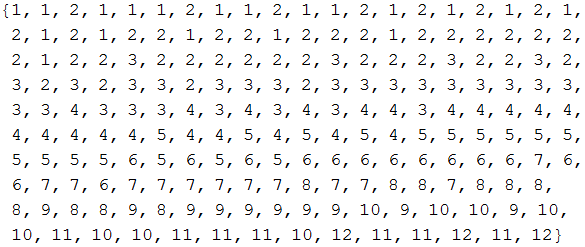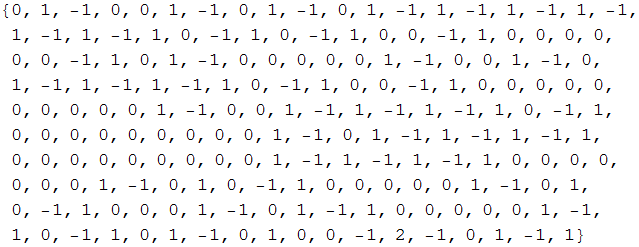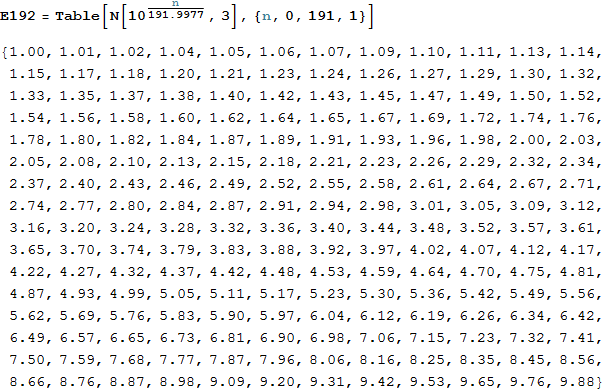uoficowboy
Full Member level 3

- Joined
- Apr 4, 2009
- Messages
- 169
- Helped
- 6
- Reputation
- 12
- Reaction score
- 5
- Trophy points
- 1,298
- Location
- Seattle, Wa, USA
- Activity points
- 2,964
I'm working on a Excel calculator and have run into something odd. My understanding was that you could calculate standard resistor values via this formula:
100*ROUND(10^(X/Y),2)
where Y is the series (E48, E96, E192), and X is any number from 0 to 47/95/191. I also thought that you could do the same for the E6/E12/E24 ranges, except with the rounding to 1 decimal place instead of 2.
However, this formula only seems to work for E48 and E96 and 191/192 E192 values. Specifically - 10^(185/192) = 9.19479. So rounding to two decimal points gives you 9.19. But In every E192 table I see I see this listed as 920. What's the deal here?
Also - the above formula misses all over the place for the E6/E12/E24 ranges - it produces values like 320 instead of 330, 460 instead of 470, etc.
Any help with making a better formula?
Thank you!
100*ROUND(10^(X/Y),2)
where Y is the series (E48, E96, E192), and X is any number from 0 to 47/95/191. I also thought that you could do the same for the E6/E12/E24 ranges, except with the rounding to 1 decimal place instead of 2.
However, this formula only seems to work for E48 and E96 and 191/192 E192 values. Specifically - 10^(185/192) = 9.19479. So rounding to two decimal points gives you 9.19. But In every E192 table I see I see this listed as 920. What's the deal here?
Also - the above formula misses all over the place for the E6/E12/E24 ranges - it produces values like 320 instead of 330, 460 instead of 470, etc.
Any help with making a better formula?
Thank you!








